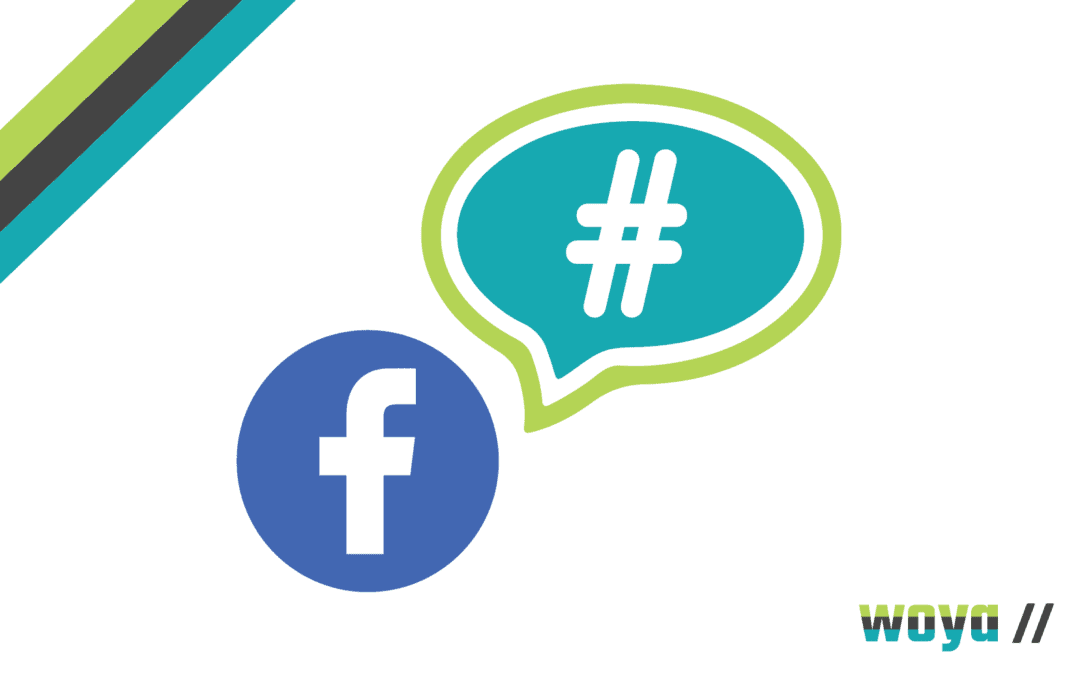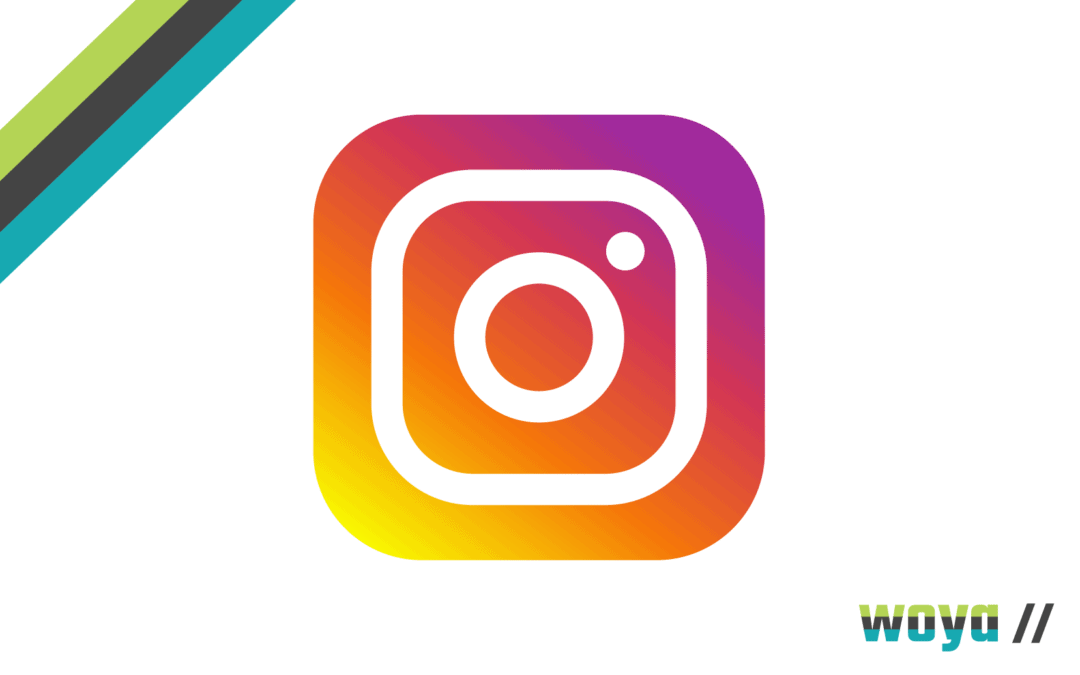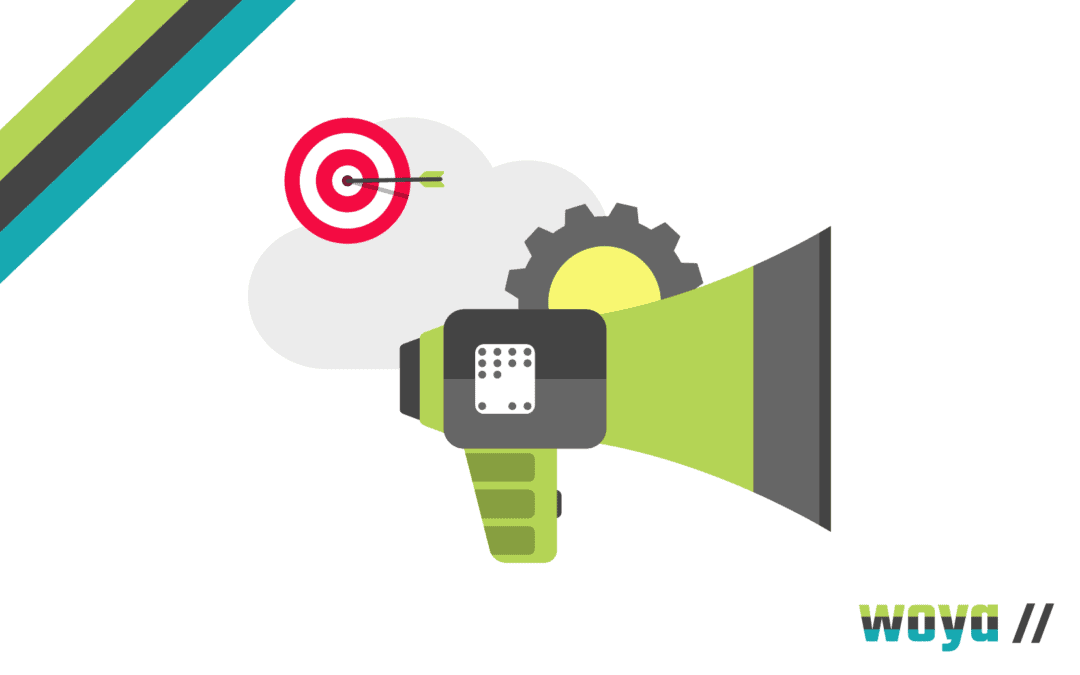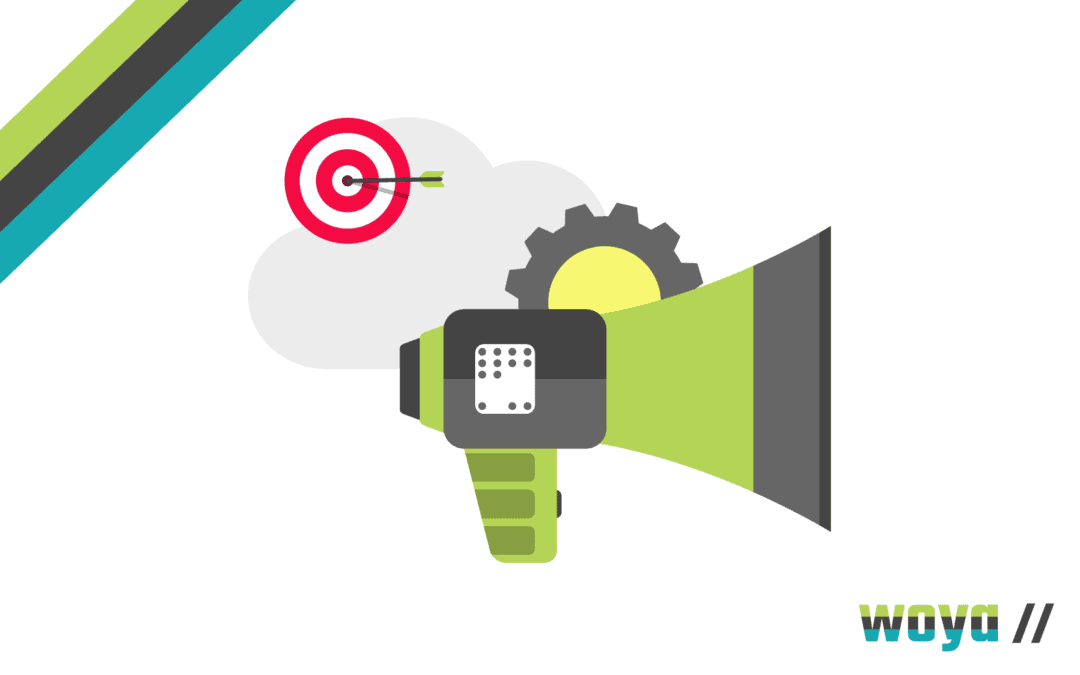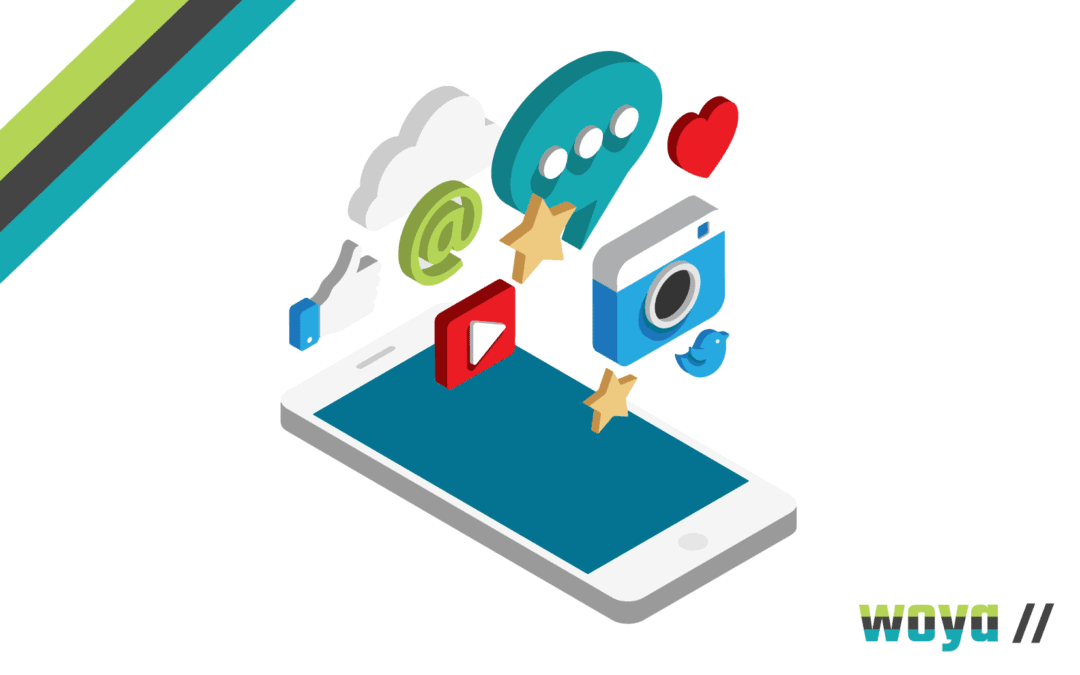
Does Social Media Affect SEO?
Reading Time: 3 minutesDigital marketing is a cornerstone of all marketing activity for modern businesses – and social media perhaps even more so. Social media forms a large part of most business’ online presence and if it doesn’t, it should.
Organisations don’t need to manage a presence on every social media platform, but should definitely do so on platforms whereby their target customer would be or would expect them to be. This will have an onward impact on the overall business’ visibility through search engines (their SEO ranking) and so can combine to help elevate their content online, to gain competitive advantage.
SEO Basics
SEO is an acronym for Search Engine Optimisation. These three letters refer to the process of optimising a website or other online content for search engines to help improve their ranking (how high up they appear) on Search Engine Results Pages (SERPs) in order to increase their chances of their online listings being clicked on.
In order to judge where content should be ranked in search result listings, websites are constantly ‘crawled’ by automated programs that judge a site on its:
-
- Theme or niche
- Quality of content
- Target audience and relevant audience
- Usability
- Authenticity
These factors all help the algorithm determine an SEO ranking and judge where to feature the content in the search engine listings and who to show them to. This can then be further influenced by Google Ads and further digital marketing tactics.
Business SEO vs Business Social Media
SEO is a continuous activity carried out on a business’ website, made up by 3 focus areas:
-
- On-page SEO
- Off-site SEO
- Technical SEO
On-page SEO refers to the production of high-quality relevant content that is appropriate for the business’ industry, sector, products and services. It is achieved in part by the use of suitable keywords and phrases; normally those that users would look up on the search engine if they wanted to find something related to the brand in question. This presents the relevance of the site.
Off-site SEO is the presence of links to the site from genuine and high-authority websites in order to demonstrate their trustworthiness and authenticity.
Technical SEO is the focus of maximising usability, accessibility and performance of the website to improve user experience.
Social media platforms enable users to create and share content with others; widely considered the digital form of socialising. Social media channels are important marketing and communication tools with which to link with both potential and existing customer bases.
How Social Media Supports SEO
While content published on social media sites is ‘crawled’ and read by search engines, it is done so in a different way and doesn’t act as a primary factor in SEO ranking (unless perhaps there is no other mention of the company online and no dedicated website).
Social media content for a business influences the company’s overall SEO ranking in several ways:
External links back to the main business website
While social media profiles linking back to a brand website aren’t considered ‘high authority’ links, they do help prove to the search engine algorithm that they’re an extension of the brand’s presence online (although this is different for comment or link on a brand by the social media company itself, which would be considered high-authority).
This proves to the algorithm that a brand is being talked about, and in some cases recommended, by others and so it is considered relevant to certain audiences.
Reinforcement of brand presence
A business being mentioned or linked to anywhere externally is a positive factor for SEO as it proves the perceived trustworthiness and niche (or sector) the business operates in, to the algorithm. This reinforces how and when a business should be displayed in search engine rankings.
An organisation that is mentioned in numerous places online is likely to hold a much higher SEO ranking than one which has its own website but has no further mention on the internet.
Reinforcement of authenticity
Social media acts as a fantastic discussion tool for communities and where a business is mentioned, this discussion further proves that it is relevant for an audience. Where reviews or ratings are set up this helps demonstrate to the algorithm that genuine customers for the business exist, and so reinforces its authenticity.
Where there is a constant brand interaction with members of a social media channel, this too reiterates the genuine connection of the business with customers.
Strategising Social Media and SEO Marketing
Social media and SEO are separate disciplines within digital marketing, and there are certainly specialists in both. However both should be approached with the same focus – to ensure that they are in sync and complement each other.
Woya Digital’s expert team are able to offer advice and SEO and social media support, and can help ensure that both on-site, off-site and social media content all combine to best boost your chances of appearing as high as possible on SERPs – even before any paid advertising is considered. Get in touch and let’s talk through your business’ online idiosyncrasies – there’s lots that can be done!


